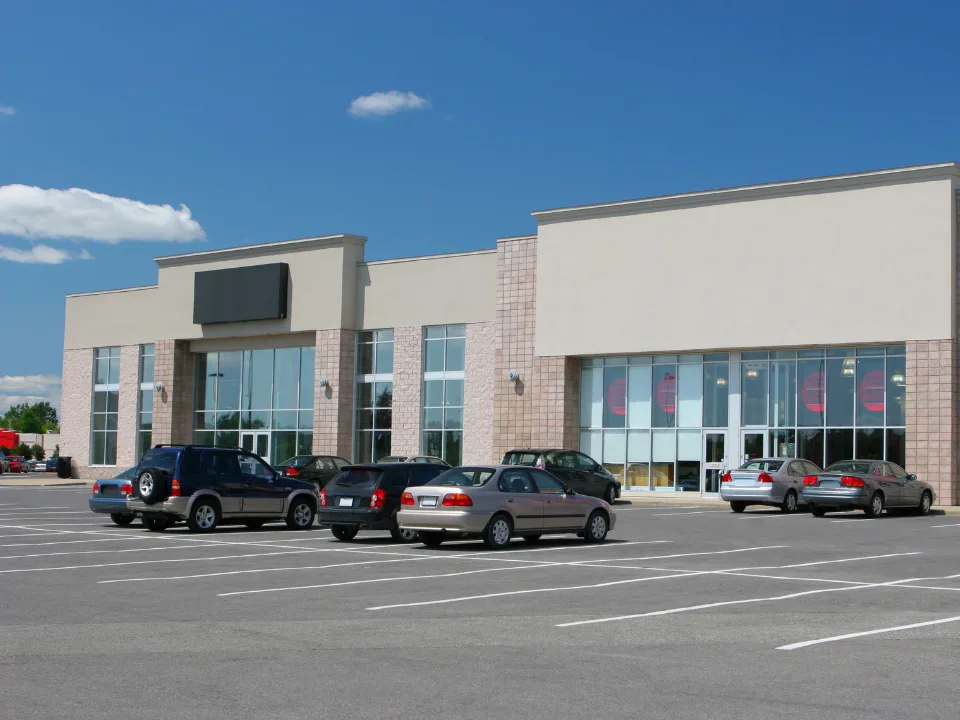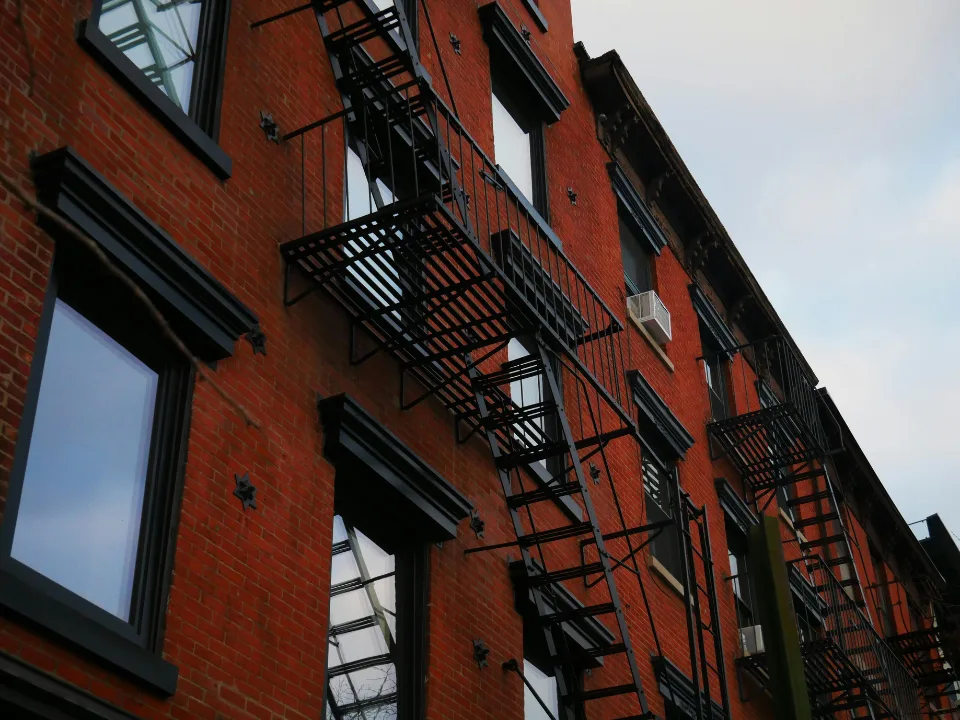- Nationwide, multifamily property values slipped 3.6% since the end of 2019, largely due to rising insurance premiums.
- Sunbelt markets like Houston and Florida are heavily impacted, though some areas still enjoy high renter demand and rent growth.
- Higher cap and vacancies, alongside lower rent growth, also pressured property values.
Multifamily property values have slipped nationwide, dropping 3.6% since the end of 2019, according to CBRE. Rising insurance premiums are a significant culprit, particularly affecting markets in the Sunbelt region, as reported on Globest.
By The Numbers
Insurance, traditionally the sixth-largest expense for multifamily property owners, has ballooned into the second-largest contributor to total expense growth for multifamily owners since 2019.
Premiums now account for 17% of total expenses, up from 8%. However, growth in insurance costs began to moderate across all regions in 2Q24, the first time it’s slowed down since mid-2022.
Regional Impact
- South-Central: Houston saw the steepest drop in multifamily valuations, with property values falling by 11.1%, while Oklahoma City recorded a more modest 3.8% decline.
- Florida: Insurance premiums have more than doubled in the past two years, leading to a 9.6% drop in property values in Jacksonville and a 5% drop in West Palm Beach. Despite big insurance hikes, the SoFlo market has been buoyed by strong renter demand and rent growth.
- California: Environmental factors like wildfires have driven up statewide insurance costs, but higher rents have somewhat mitigated the impact.
Zooming Out
While rising insurance costs have pressured property values, other factors such as higher cap rates, increased vacancy rates, and slower rent growth have had a more significant impact over the past few years.
Yet, market conditions are improving. Absorption is now outpacing new supply, and rent growth is trending upwards in most markets.
Looking Ahead
The report from CBRE suggests that cap rates have stabilized and are expected to fall once the Federal Reserve [finally] cuts interest rates, boosting investor demand. Multifamily property values in many markets are also going up for the first time in over two years.
Indeed, despite high expenses, multifamily values in some areas are expected to surpass their previous pandemic peaks by mid-2027.

















